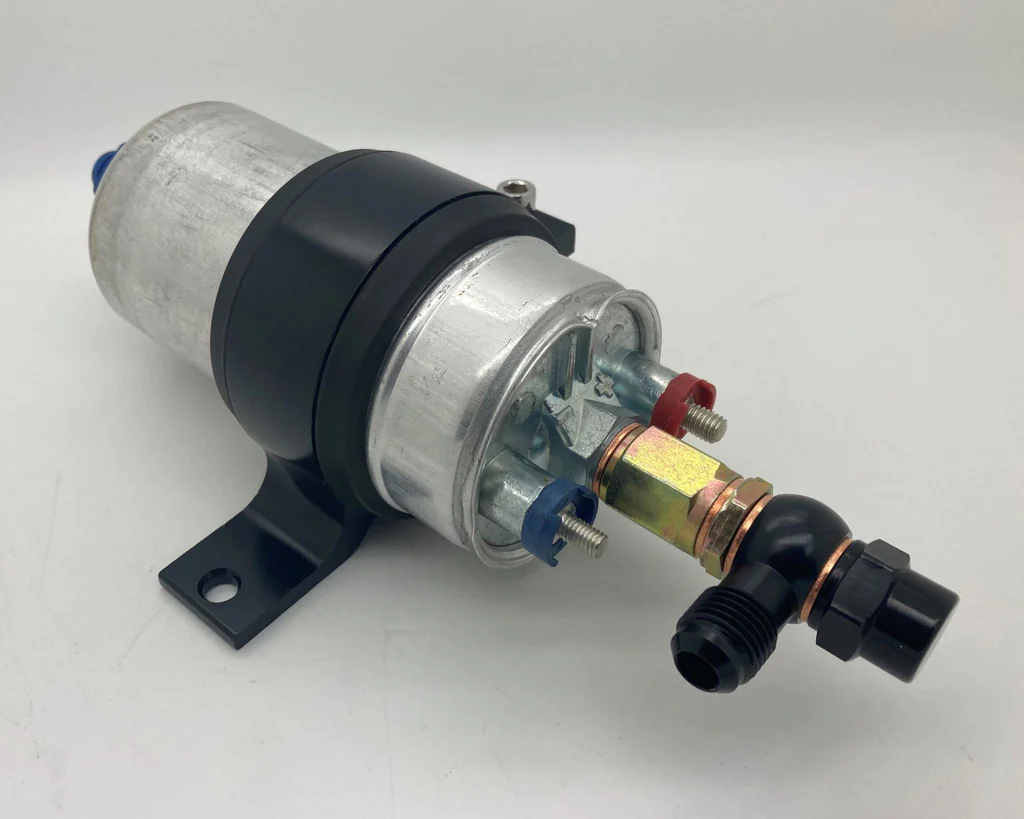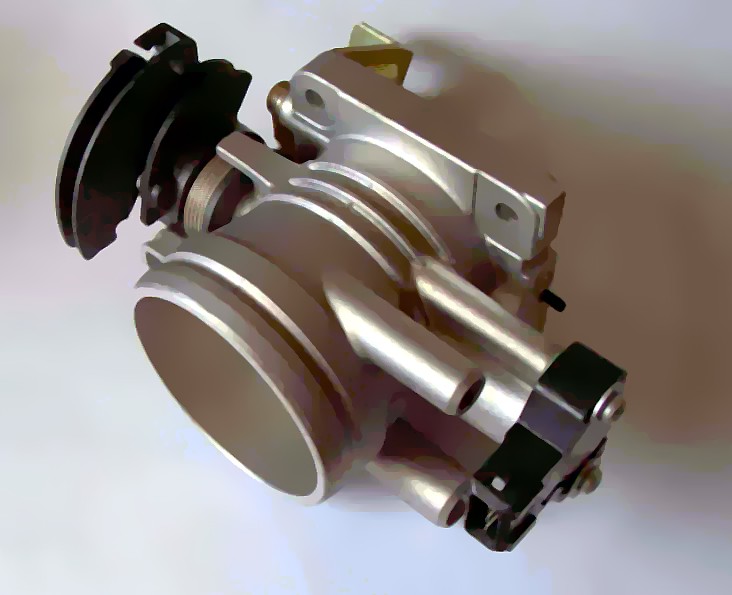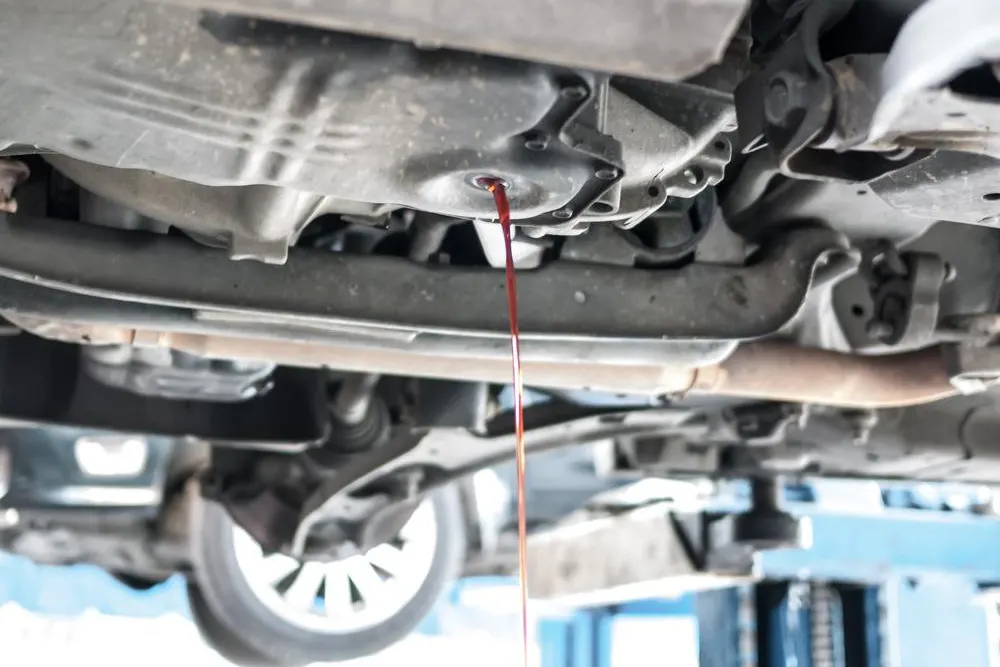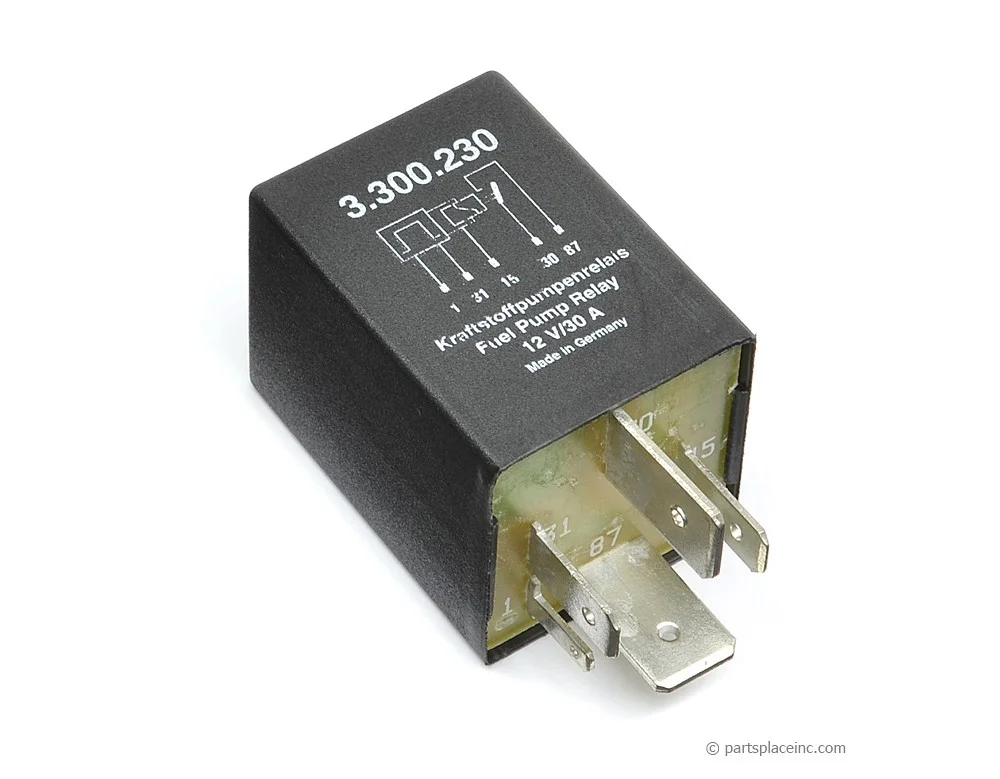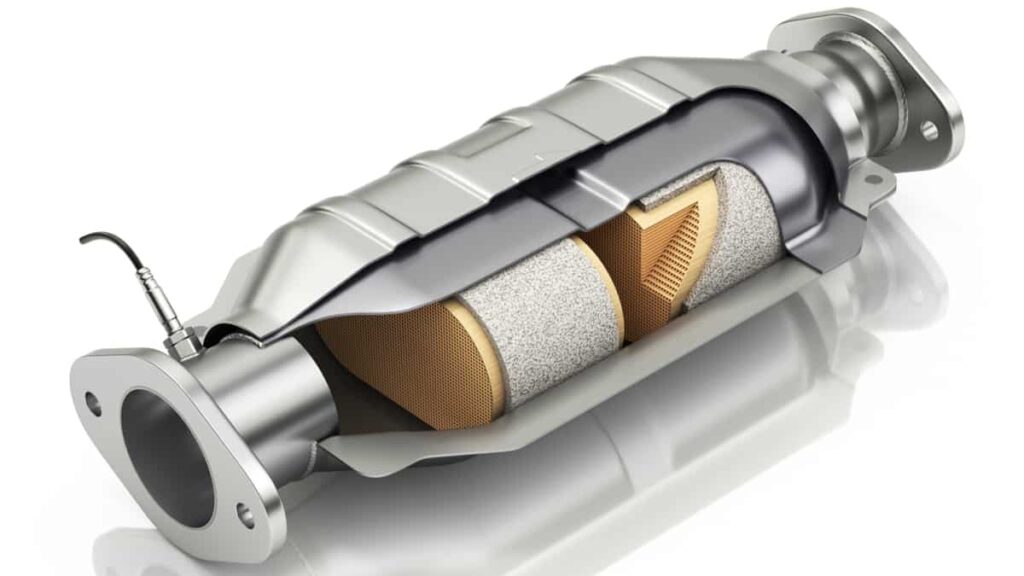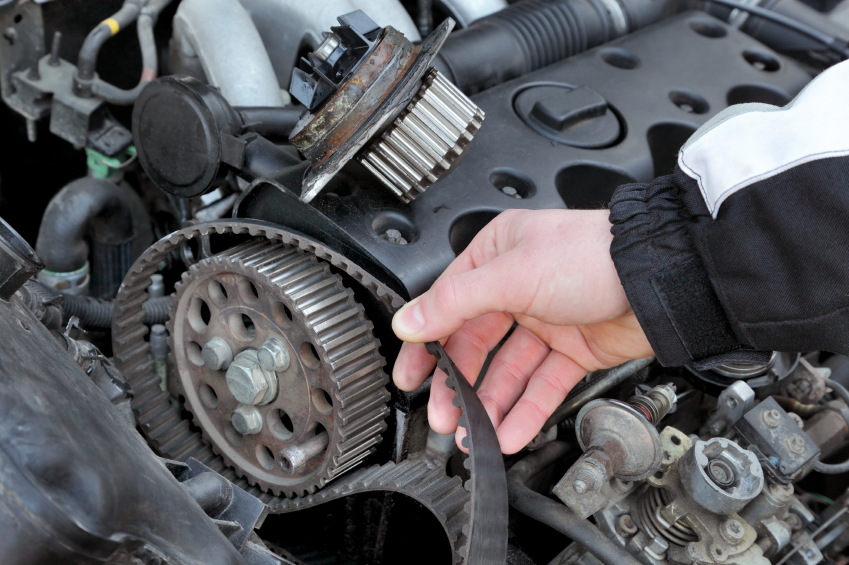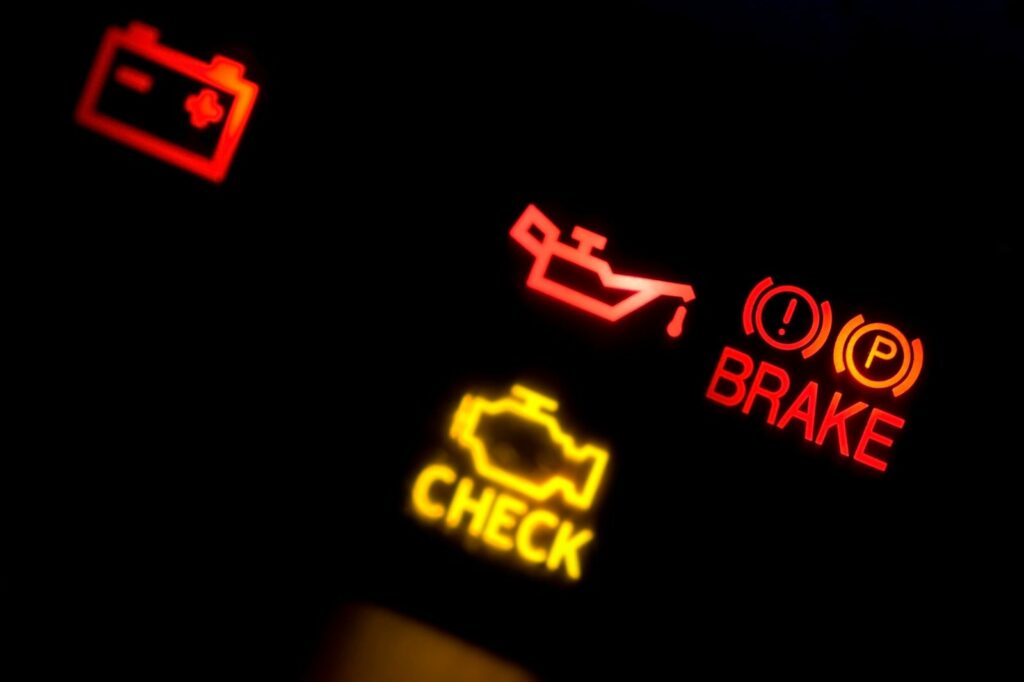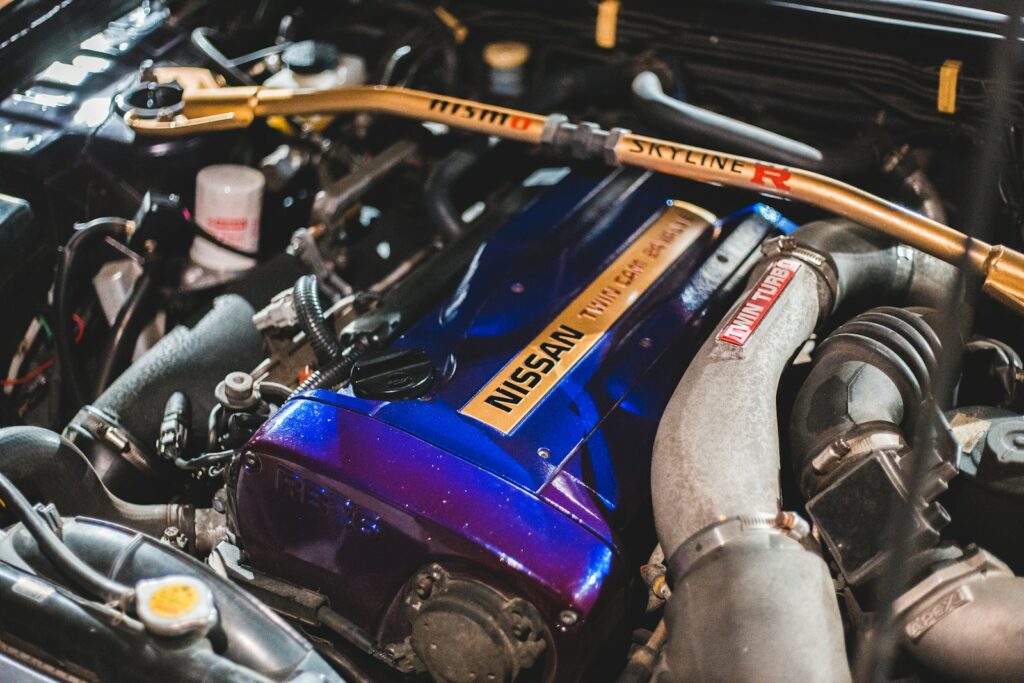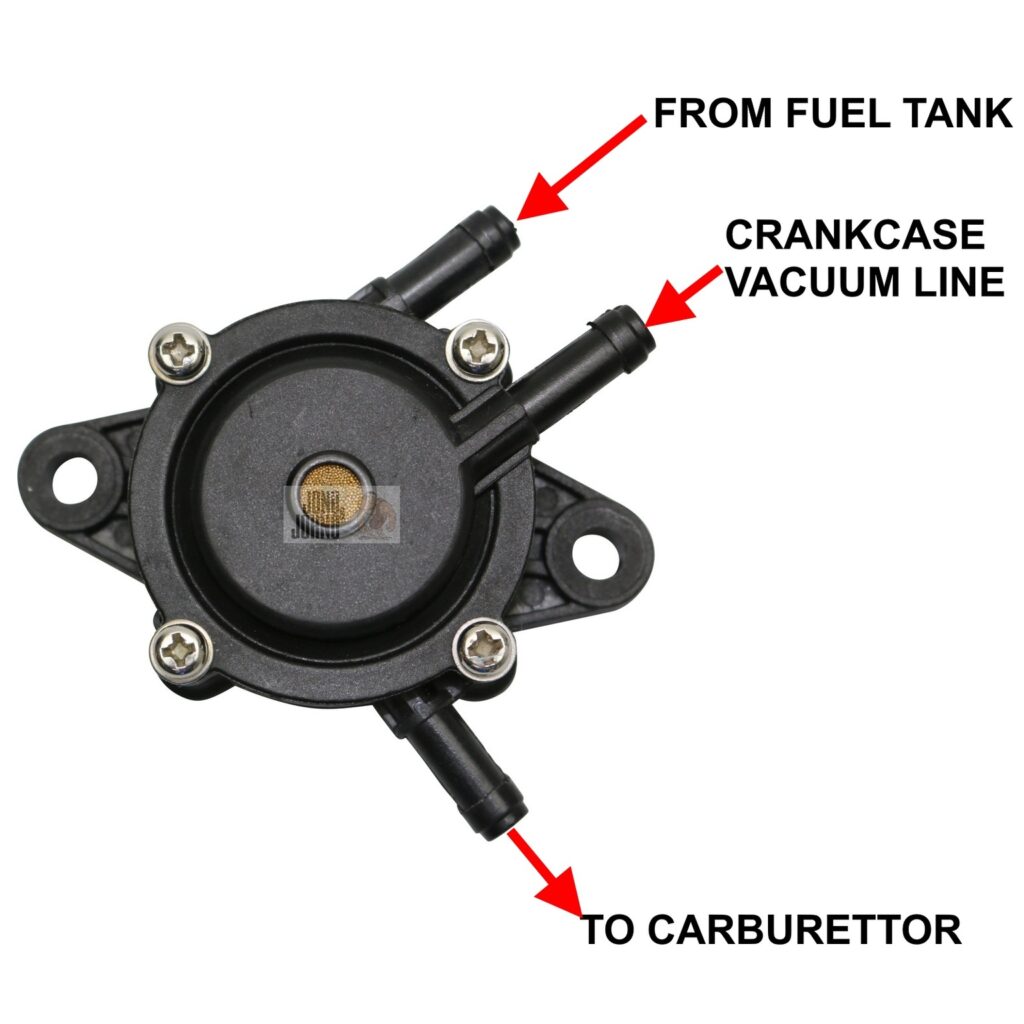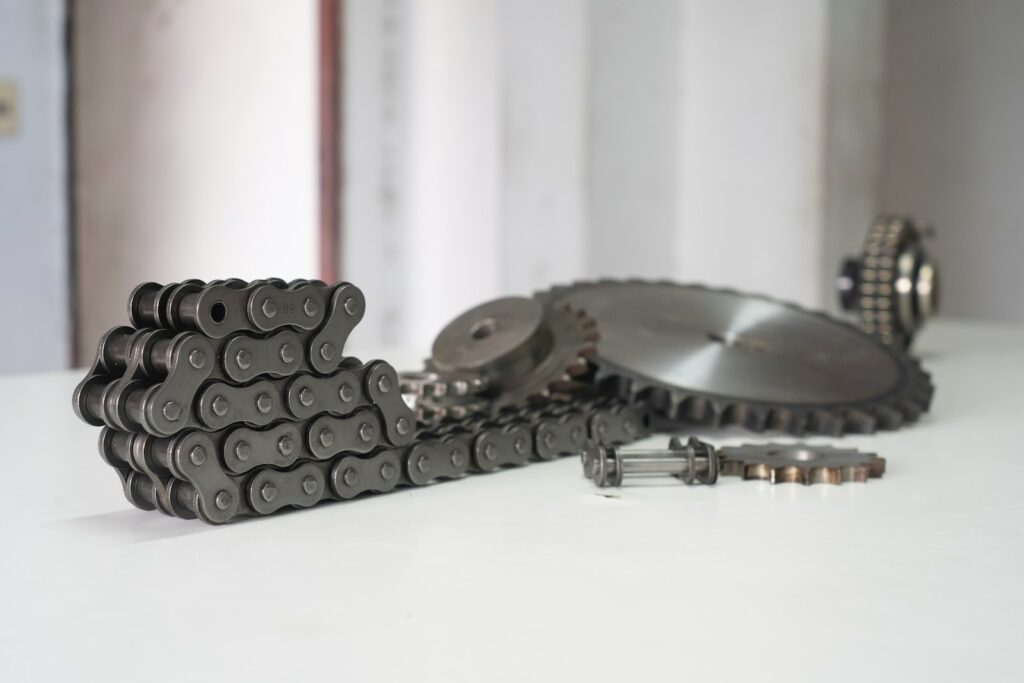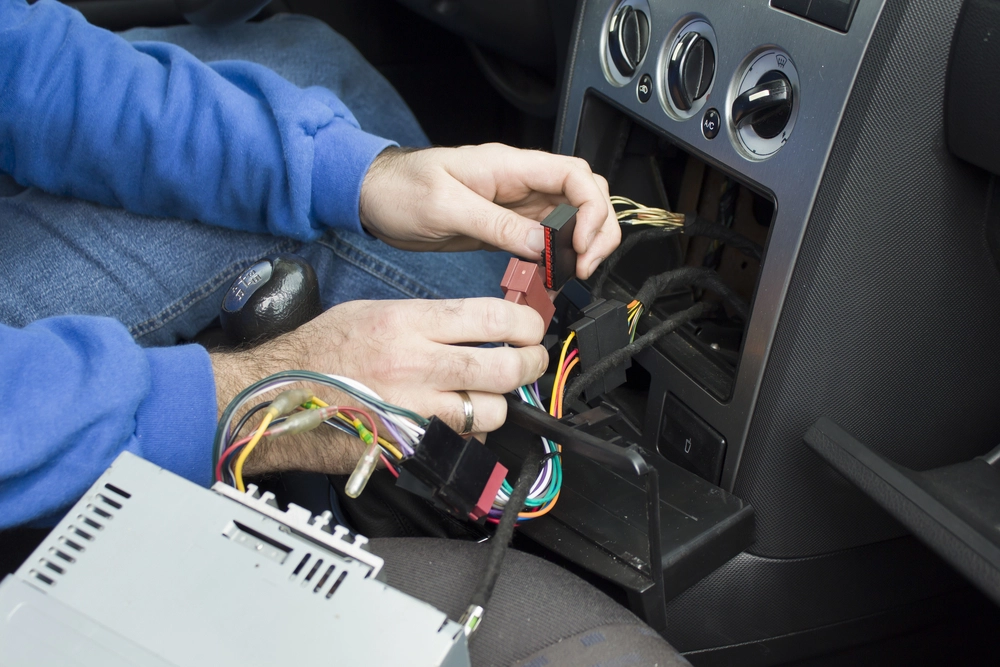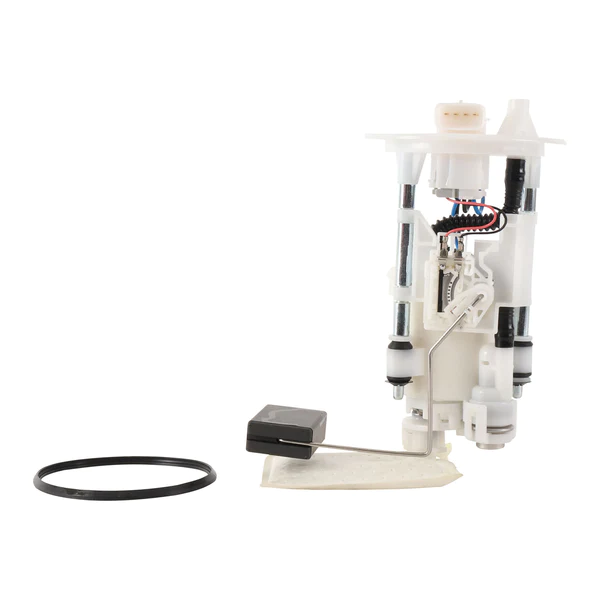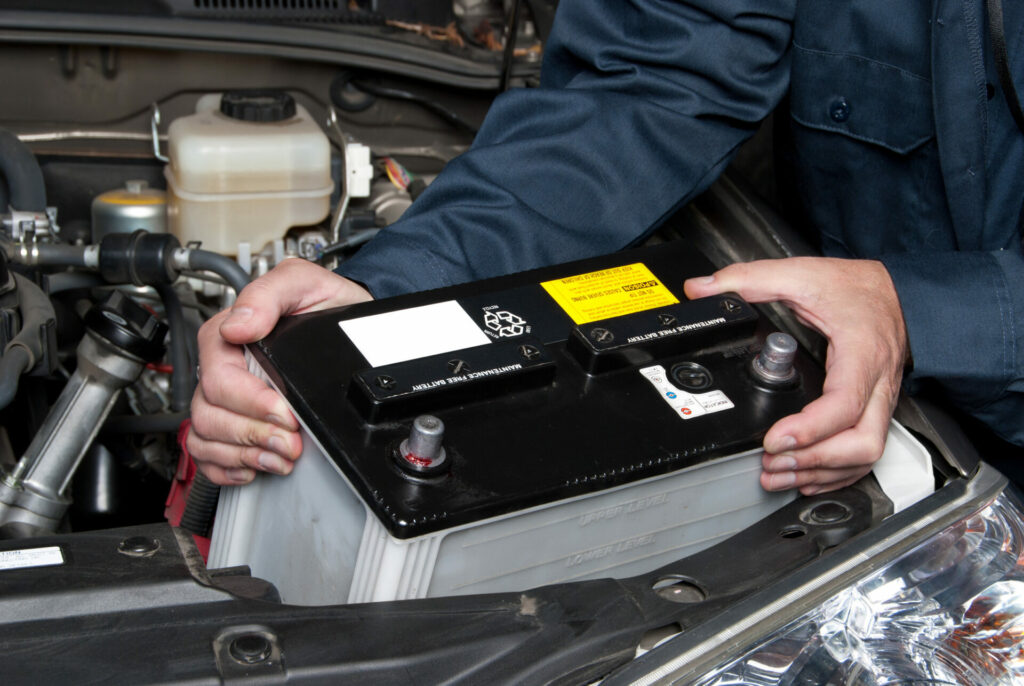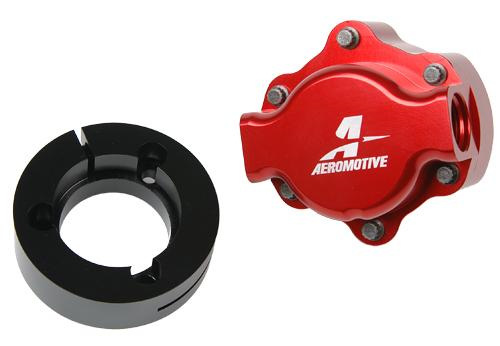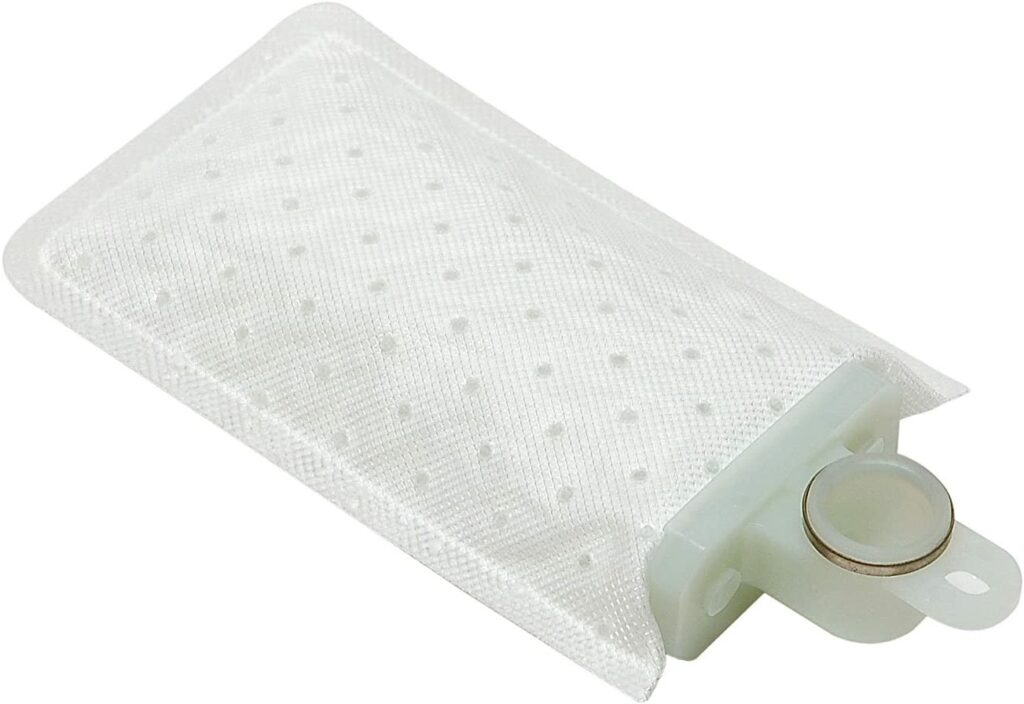Introduction:
Welcome to this detailed guide on diagnosing and repairing fuel pump outlet problems. In this post, we will go through the signs of a faulty fuel pump outlet, the tools and equipment you will need, and the step-by-step process of repairing it. Let’s get started!
Symptoms of a Faulty Fuel Pump Outlet:
The first thing you need to do is to identify if your vehicle is experiencing problems with the fuel pump outlet. Some common symptoms include difficulty starting the vehicle, a loss of power while driving, and a decrease in fuel efficiency. If you notice any of these symptoms, it’s time to start the diagnosis process.
Tools and Equipment:
Before you begin the repair process, you need to make sure you have the necessary tools and equipment. Some of the things you will need include a fuel pressure gauge, a multimeter, a socket set, and replacement parts such as O-rings and gaskets.
Diagnosis:
To diagnose the problem with your fuel pump outlet, you will need to check the fuel pressure. This can be done by connecting a fuel pressure gauge to the fuel rail and starting the engine. The gauge will give you a reading of the fuel pressure, which you can then compare to the manufacturer’s specifications. If the pressure is low, it’s likely that the fuel pump outlet is the problem.
Removing the Fuel Pump Outlet:
Once you have confirmed that the fuel pump outlet is the problem, it’s time to remove it. This process will vary depending on the make and model of your vehicle, so it’s important to consult your vehicle’s service manual for specific instructions. However, in general, you will need to remove the fuel tank, disconnect the fuel lines, and then remove the fuel pump outlet.
Replacing the Fuel Pump Outlet:
With the old fuel pump outlet removed, it’s time to install the new one. This process is the reverse of removing the old outlet, so you will need to reconnect the fuel lines, install the new outlet, and reattach the fuel tank. Be sure to use new O-rings and gaskets to ensure a tight seal.
Testing:
Once the new fuel pump outlet is installed, you will need to test it to make sure it’s working properly. This can be done by starting the engine and checking the fuel pressure with the gauge. The pressure should be within the manufacturer’s specifications.
Precautions:
Safety should be your top priority when working on your vehicle. Always work in a well-ventilated area and use gloves and eye protection. Never smoke or work near open flames while working on the fuel system.
Conclusion:
Fuel pump outlet problems can be a frustrating issue to deal with, but with the right tools and knowledge, they can be easily diagnosed and repaired. By following the steps outlined in this guide, you will be able to get your vehicle running smoothly again in no time. If you have any doubts or are not comfortable working on your vehicle, it’s best to seek the help of a professional mechanic.

